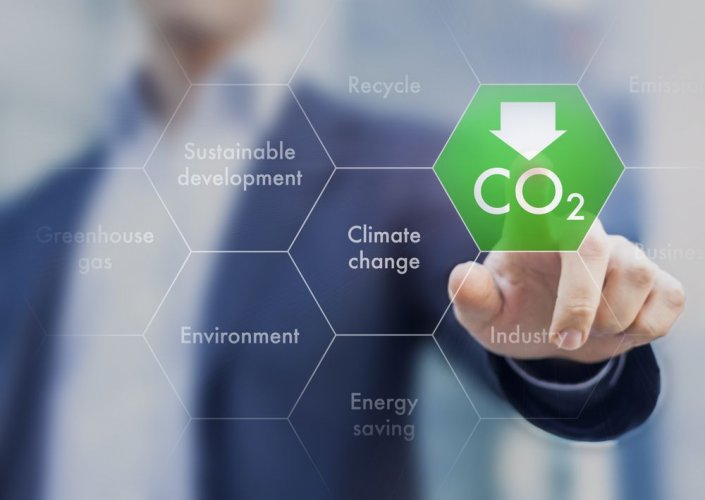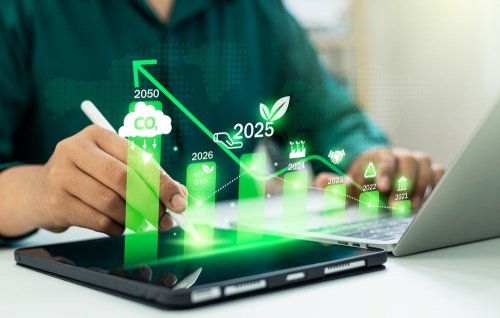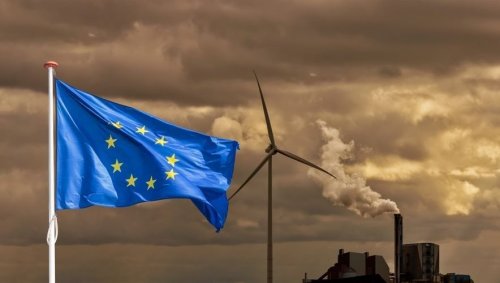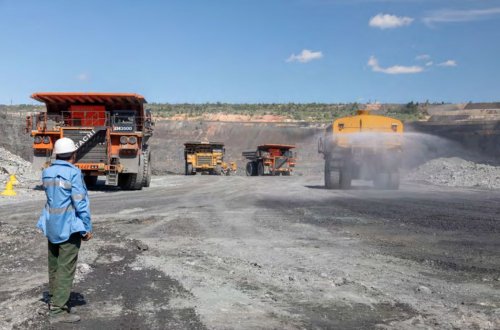Ukraine should achieve the emission reductions envisaged in the Nationally Determined Contribution (NDC2) not by deindustrialisation, but by reducing the carbon intensity of production. A prerequisite for this is access to European instruments to stimulate decarbonisation.
These are the main conclusions of an analytical study conducted by the EBA Industrial Ecology and Sustainability Committee.
In preparing the study, the authors consulted with the Committee's specialised experts who have practical experience in implementing environmental policy in industrial sectors. They also took into account the best practices of the business community in achieving climate goals in times of war.
The study outlines the risks associated with setting climate targets without proper prior discussion with business and industry experts. The experts also suggested possible solutions.
Key points
The following are the main points of this analytical study ‘Setting and implementing the Nationally Determined Contribution and preserving the Ukrainian economy: key challenges and solutions’. The facts presented, backed by figures, give a broad picture of the situation our country is currently facing:
- While Ukraine and the EU have set ambitious CO₂ emission reduction targets, other countries have set more pragmatic climate targets or even planned to increase their emissions. For example, China's NDC by 2030 envisages a 3.8-fold increase in greenhouse gas emissions, India's by 3.2-fold, Turkey's by 3.5-fold, and Saudi Arabia's by 2.8-fold compared to 1990.
- Ukraine ranks 3-4 in the world along with Germany in terms of NDC2 ambition. At the same time, our country has no real economic basis for achieving this goal.
- Historically, Ukraine has reduced CO₂ emissions by deindustrialising its economy. For example, between 1990 and 2023:in
- industrial production (including construction) decreased by 80.2%;
- total greenhouse gas emissions decreased by 77.7%;
- greenhouse gas emissions in industry decreased by 85.6%.
"The reduction in emissions caused by the industrial decline cannot be considered a success of climate policy. Rather, it is an indication of the deep economic difficulties that the industry has faced and continues to face since independence, including the suspension of operations during the war," the experts say.
4. The EU has managed to reduce greenhouse gas emissions while maintaining industrial production growth. Over the period 1990-2023, in the EU:
- manufacturing production, including construction, increased by 40.6%;
- total greenhouse gas emissions decreased by 33.9%;
- greenhouse gas emissions in industry decreased by 41.9%.
The experts reminded that the EU is promoting the decarbonisation of industry through various subsidies. For example, from January 2023 to June 2025, the EU allocated more than €15 billion in grants for the decarbonisation of the steel industry. In addition to the grants, the European Investment Bank issued €0.7 billion in soft loans for decarbonisation.
5. European businesses face difficulties in implementing decarbonisation projects, even despite public financial support from European institutions. For example, some projects are currently on hold.
6. Ukrainian enterprises will not be able to finance decarbonisation of production on their own. According to an analytical review by the Ministry of Environmental Protection and Natural Resources, the implementation of the 2030 NDC required €102 billion in investments. According to the EBA, this amount is almost equal to the total capital investment of ALL types of activities in Ukraine in 2016-2021, although the main burden will fall on several industries.
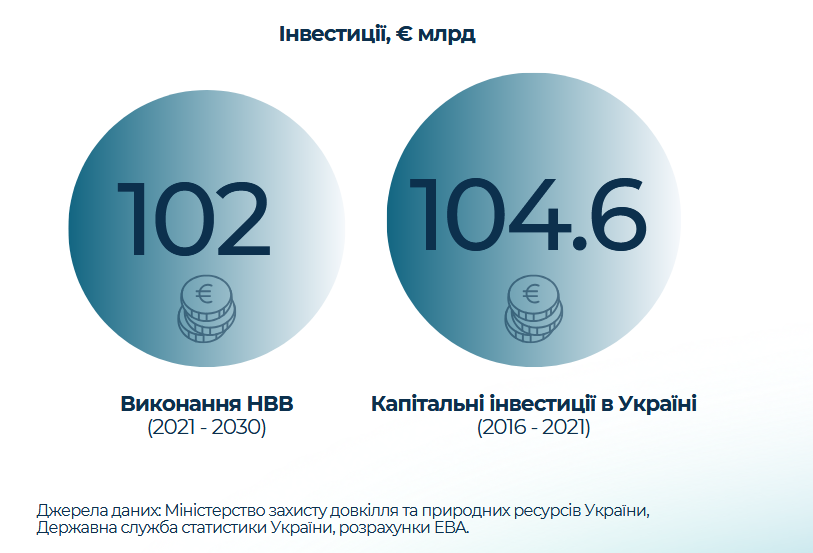
Source: eba.com.ua.
‘Investments of enterprises cannot be directed exclusively to climate goals, so reducing CO₂ emissions requires additional financing,’ the experts explain.
Challenges for Ukraine in achieving climate goals
According to the EBA experts and representatives of the business community, deindustrialisation and the decline in living standards and quality of life as a result of deindustrialisation cannot be the basis for Ukraine's sustainable development. They believe that economic development is an absolute priority for Ukraine as a developing country.
Experts see the main challenge in economic recovery using new technologies, rather than decarbonisation as an independent goal. An additional challenge is the temporarily occupied territories, as there is complete uncertainty about the extent of future recovery needs. The EBA reminded that these territories are also covered by the goal of zero emissions.
The main global challenge in achieving climate goals, the stakeholders said, is not ambition and regulation, but finding and securing sources of funding.
Solutions
Based on the current situation in the country's economy, multi-vector uncertainty in the context of a full-scale war, and taking into account the EU experience, EBA experts suggest the following:
1. Since Ukraine is moving in the same direction as the EU in terms of decarbonising its economy, our country should use the same tools as the EU in its climate policy.
2. The climate policy should include both the introduction of carbon pricing instruments and incentives:
- investment in research and development;
- provision of capital and operating subsidies;
- state support for energy infrastructure development, etc.
3. Ukraine needs time to adapt its economy to European requirements.
4. Domestic enterprises should have access to European decarbonisation incentives so that they can prepare for Ukraine's accession to the EU during the transition period.
5.Ukraine needs to reduce CO₂ emissions by reducing the carbon intensity of production. Experts have stated that it is higher in our country than in the EU. They say that the issue of decarbonisation is primarily relevant for the domestic metallurgy, cement, chemicals, and electricity industries.
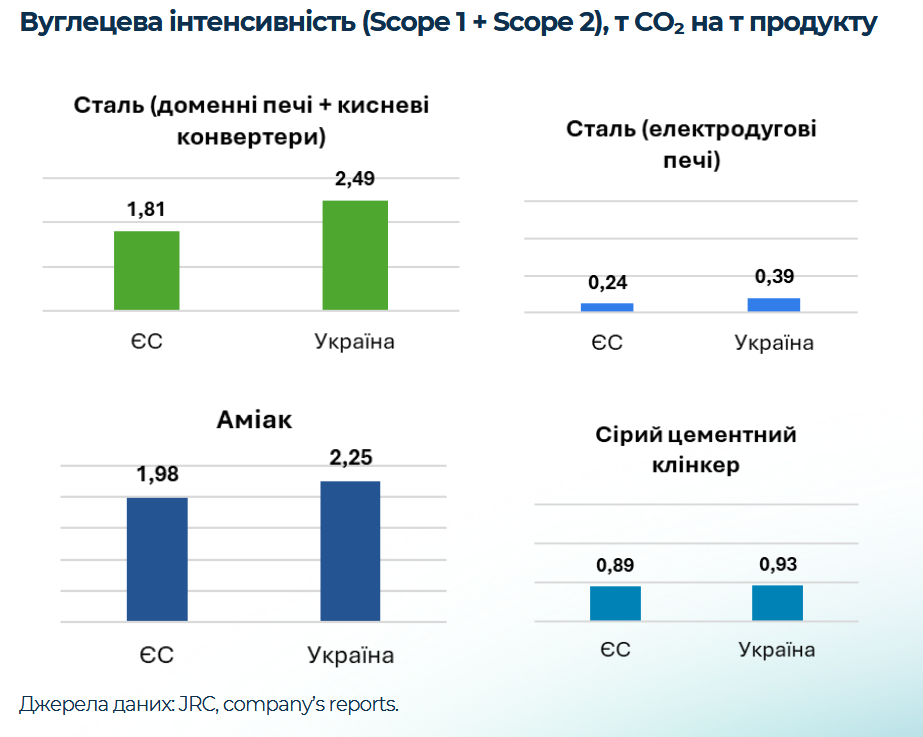
Source: eba.com.ua.
6. It should be noted that current market conditions are not conducive to a green transition, so even the provision of state funding is not sufficient to decarbonise production.
‘Therefore, we should not expect that Ukraine will be able to achieve climate goals and ensure economic development solely at the expense of its own resources,’ the experts say.
The EBA stated that the decarbonisation of the domestic economy is a complex problem that requires interaction between different stakeholders, and the approach to the development of NERs should be responsible, as it is the basis of the entire climate policy, which will have a long-term impact on economic development.
Earlier, EcoPolitics talked about the critical gaps in the establishment of the Ukrainian NER2, which were pointed out by stakeholders.

